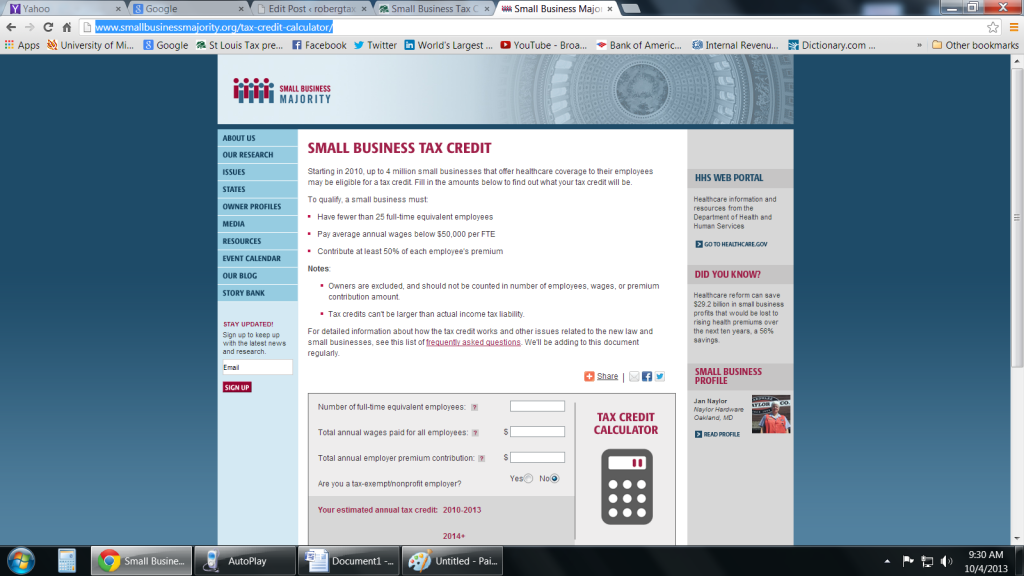***Roberg Tax Solutions congratulates the St. Louis Cardinals for making the 2013 World Series. We have been having “Cardinal Apparel Day” every day this week. As of now, the series is 1-1, game 2 was a Cardinals 4-2 win, and we are back on track after game 1’s ugly loss.
Let’s face it—this is the long lost question in the world of tax preparation. You probably have a better chance of Miley Cyrus stealing your “Go Cardinals!” foam finger than you do of being asked about this inquiry. This does not mean that people aren’t checking the box however. In 2012, there has been about $37 million contributed up to July with a total fund balance of about $232 million. Not a bad chunk of change. During my time in the Volunteer Income Tax Assistance Program—commonly referred to as VITA—other volunteers and I routinely asked the question because it was part of our standard operating procedure. I am not sure if the mainstream brick and mortar tax firms ask the question but I bet Jan knows.
Anyways, my point in this brief writing is to inform you about this tiny section of the 1040 series—the who, what, why, when, how, etc. of the presidential election fund or at least point you in the direction of knowing those questions.
2012 Form 1040 instructions page 12 states verbatim:
“This fund helps pay for Presidential election campaigns. The fund reduces candidates’ dependence on large contributions from individuals and groups and places candidates on an equal financial footing in the general election. If you want $3 to go to this fund, check the box. If you are filing a joint return, your spouse can also have $3 go to the fund. If you check a box, your tax or refund will not change.”
It is important to understand that that checking this box will not change your tax or refund. So what is actually happening? It means that you want $3 of tax dollars you already owe to the government to go towards the Presidential Election Campaign Fund (PECF). When you check the box, the government has to allocate that $3 into the PECF. So there is no tax incentive to check or not check this box. This is a valid reason for self research about the fund to make a well informed decision and to support your reasons for doing so.
In 1975, the Federal Election Commission (FEC) was born to oversee the Federal Election Campaign Act (FECA). This is the law that governs the financing of federal elections. Obligations of this independent agency include the divulgence of campaign finance information, enforce limits and prohibitions on contributions, and become the all seeing eye of Presidential election public funding.
Furthermore, the agency is made up of six members that of which are appointed by the President of the United States and contingent upon Senate approval. Each member serves a six year term. Stated precisely from http://www.fec.gov/about.shtml, “By law, no more than three Commissioners can be members of the same political party, and at least four votes are required for any official Commission action. This structure was created to encourage nonpartisan decisions.”
It was that the check box used to be $1 dollar but increased to $3 in 1994 by Congress. Extensive detail about the $3 check off can be found at http://www.fec.gov/pages/brochures/checkoff.shtml. The information is well put, easy to read, and concise.
The Federal Election Commission has charted the Fund since its 1976 inception. The most recent chart can be found here: http://www.fec.gov/press/bkgnd/pres_cf/PresidentialFundStatus_September2012.pdf.
If the candidates decide to use the fund money, they must agree to a spending limit. In the 2012 election, neither Barack Obama nor Mitt Romney used the Presidential Election Fund resulting in a very expensive election.


